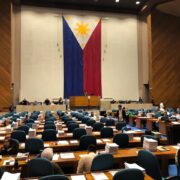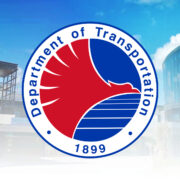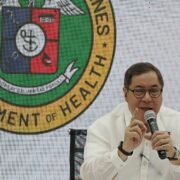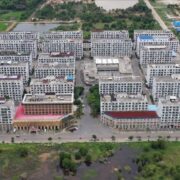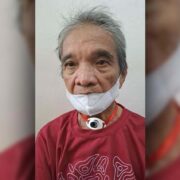PH economy in Marcos admin’s second half
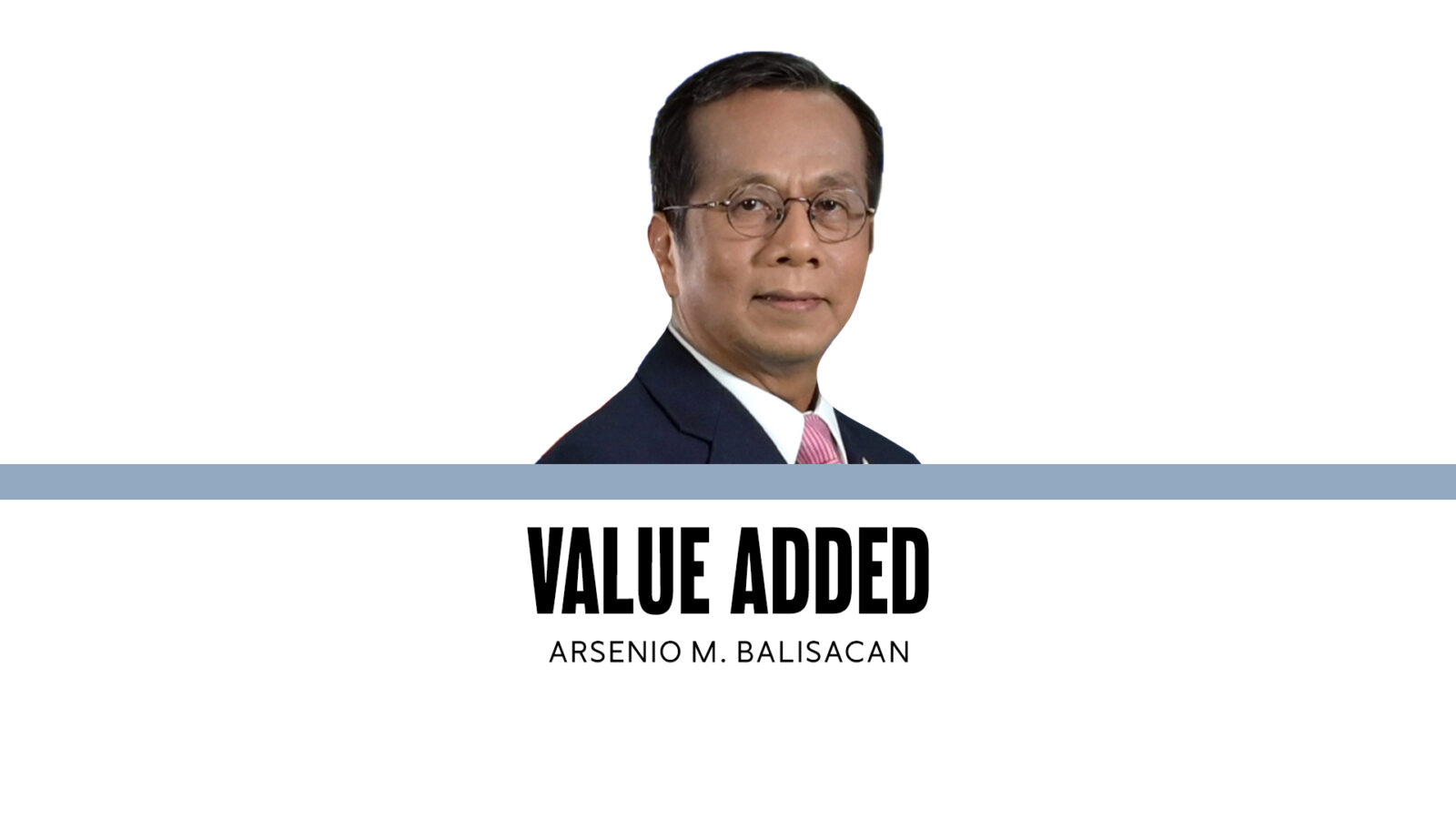
As the Marcos administration enters its second half, the Philippine Development Plan (PDP) 2023–2028 takes on renewed urgency. Conceived in the aftermath of the COVID-19 pandemic, the plan aimed to restore dynamism to an economy derailed by crisis and to place the country back on a high, more inclusive, and resilient growth path. The first three years produced both encouraging outcomes and sobering lessons.
The global economy evolved differently—slowing down significantly—compared with conditions when the Marcos administration first crafted the plan. Domestic and external shocks buffeted local supply chains, driving prices higher. Yet amid these headwinds, the economy still grew by 5.5 percent in 2023 and 5.7 percent in 2024, keeping the Philippines among Asia’s fastest-growing economies. Per capita gross national income rose from about $4,000 in 2022 to $4,470 in 2024, just $26 short of upper-middle-income status. The economy created more than four million jobs, pushed unemployment down to 4.2 percent, and reduced poverty incidence to 15.5 percent, lifting some 2.4 million Filipinos above the poverty line. Poorer households saw faster income growth than wealthier ones, easing inequality. Inclusivity has become a tangible feature of robust growth in recent years, not just a slogan. These gains rested on sound macroeconomic management, controlled inflation, strict fiscal prudence, and an infrastructure drive that averaged nearly 6 percent of GDP.
The midterm review of the PDP pointed to critical lessons and insights moving forward. Strong macroeconomic fundamentals remain indispensable as they provide the foundation to withstand global, environmental, and technological shocks. The volatility of today’s world—from geopolitics to climate—demands agile, evidence-based policymaking that adapts swiftly to shifting realities. Progress requires robust partnerships: between national and local governments, between the Executive and Congress, between the public and private sectors, and between government and nongovernment partners. And finally, as the President has emphasized, progress is meaningless if ordinary Filipinos do not feel it in their daily lives.
These insights now guide the second half of the plan. The recalibrated targets call for GDP growth of 5.5 to 6.5 percent in 2025 and 6 to 7 percent in 2026–2028. Inflation should remain within the 2 to 4 percent target, and fiscal indicators are set to improve. The government remains confident that the country will soon reach upper-middle-income status. Multilateral institutions—including the International Monetary Fund, World Bank, and Asia Development Bank—continue to project the Philippines to remain among Asia’s fastest-growing economies in the near and medium term.
Sustaining this trajectory, however, requires reforms that are deeper and more demanding, especially stronger coordination between the Executive and Congress. The administration must sustain fiscal consolidation, shore up revenues, and make public spending more efficient and impactful, even as it gives priority to education, health care, food security, and connectivity. Infrastructure will remain a cornerstone, supported by more than 200 flagship projects and a growing pipeline of public-private partnerships under a strengthened PPP Code. Another cornerstone is competitiveness: deepening trade linkages, facilitating innovation and technology adoption, improving the ease of doing business, and preparing the workforce for an artificial intelligence-driven economy. The government will also push inclusivity by raising farm productivity, securing food systems, investing in education and health, and fortifying social protection. Legislative reforms will reinforce these thrusts, embedding gains in institutions that endure.
The recent experience shows that while high growth is achievable, the real challenge lies in sustaining it—and in making it transformative and broadly felt. The next three years represent a make-or-break moment. The PDP strategy calls for a whole-of-society approach, driving rapid and transformative growth, and for governance that acts boldly and decisively amid uncertainty and disruption. Only by doing so can the administration leave behind not just respectable growth rates but also a stronger foundation for a more prosperous and inclusive Philippines.
As Congress deliberates on the administration’s 2026 National Expenditure Program, our leaders and policymakers have the opportunity—and responsibility—to secure the kind of future our people deserve.
——————
Arsenio M. Balisacan is Secretary of the Department of Economy, Planning, and Development (DEPDev). The views expressed here are his own and do not necessarily reflect those of the institutions with which he is affiliated.
——————
ambalisacan@depdev.gov.ph




